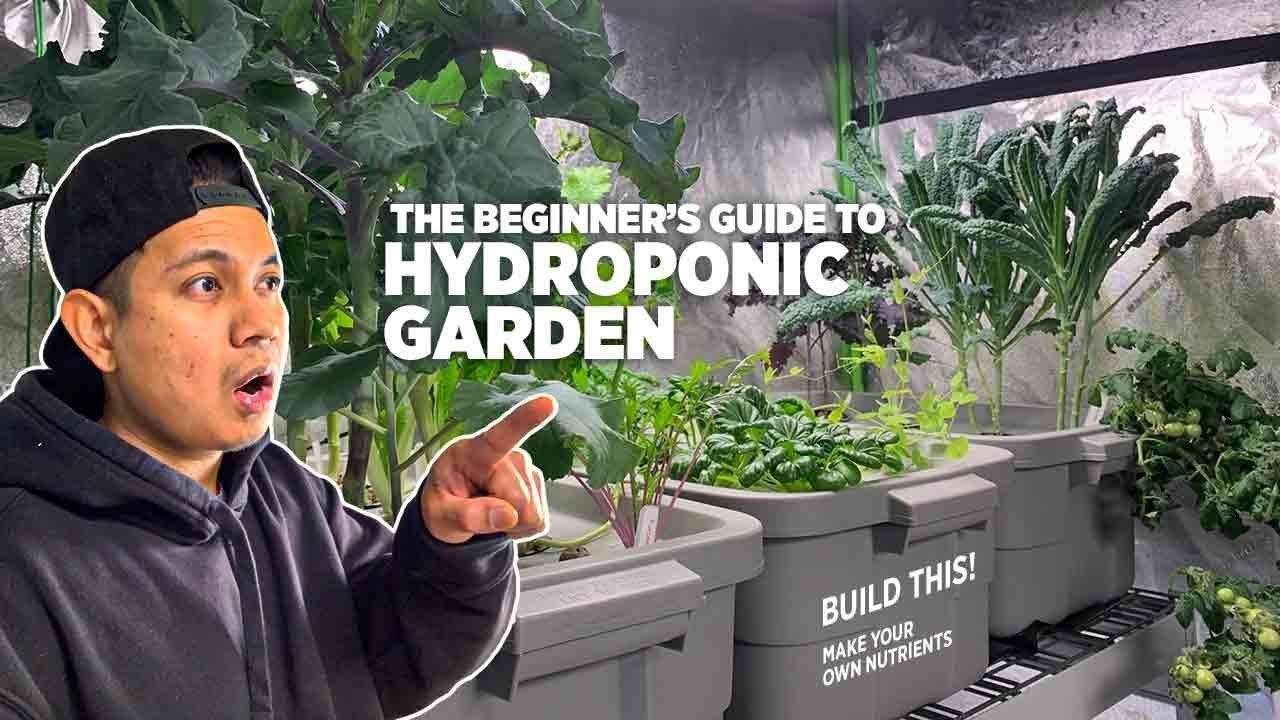The Fishy Adventure of Building an Aquaponics System: My Backyard Chronicles
It was a typical Saturday morning in our little town; the sun peeked through the curtains as I sipped my coffee, listening to the world wake up. I’d spent countless evenings scrolling through YouTube, watching people grow lush veggies alongside fish, living in perfect harmony in aquaponics systems. I was convinced that if they could do it, I could too. And why not? My backyard was practically begging for a project.
Enthusiasm Meets Reality
So, with a mix of excitement and far too much caffeine, I decided to build my first aquaponics system. I fashioned a rough plan involving some old pallets I’d repurposed into a makeshift grow bed, a plastic tub I found in the shed, and the 40-gallon fish tank that had once housed a beta fish named Albert (and, as it turned out, a ton of algae I had forgotten).
I went to the local pet store and splurged on some goldfish, thinking they’d be resilient little buddies. Part of me thought they might even grow to love me, like the loyal sidekick in a heartfelt movie. I named them “Bubbles,” “Swimmy,” and “Giddy.” Little did I know that naming fish was just the beginning of my trouble.
The First Signs of Trouble
I set everything up, utilizing a water pump I found in a box labeled “Garage Tools.” For some reason, it worked when my father-in-law was around, but as soon as I was alone, it would sputter and die like a dog giving up mid-fetch. On the first day, I thought I’d nailed it; the water flowed from the fish tank filled with Giddy, Swimmy, and Bubbles through the grow bed and back again. A simple cycle, right? Turns out, nature had a different idea.
A few days in, I noticed the water starting to ripen into a greenish hue. I nearly cried when I realized I could no longer see my fish—where had they gone? Were they sulking? Did they turn invisible? Panic set in, and I rushed to the internet, typing furiously about whether goldfish had developed a sneaky cloaking device.
A Proper Smell and Some Bad News
After a quick troubleshooting session, I discovered it was a bloom of algae taking over my precious little aquarium. The water smelled, well, not great. It was that distinct fetid aroma you definitely don’t want wafting through your backyard. Even the squirrels seemed to avoid it. So there it was, my grand plan turning into a green, slimy mess, with swimmy edges and no shrimp-like sidekick in sight.
After a long search in my shed, I pulled out some old fish netting my great uncle once used for fishing in the river—it was torn and frayed but seemed like a good option to try. I rigged a makeshift filter from it and placed it over the tank’s outflow. Willing it to work took me several hours of fiddling with knots that were somehow never sturdy enough. I was ready to give up—as per the annual tradition of things not working out for me.
Learning Curve
But you know how a stubborn heart works. I lifted my spirits with another cup of coffee and decided to make the filter work—or die trying. As I played the role of “mad scientist,” the smell got worse. It was like a bad decision incarnate. Fish were wildly swimming around, flashing their fins, and growing more flamboyant by the day. They didn’t seem to mind; I, on the other hand, was nearing a mental breakdown.
Slowly but surely, I started learning how to balance the ecosystem. I added some plants that I had on an old shelf—some lettuce and kale that my neighbor gifted me because she had “too much” of it. In hindsight, she probably saw the chaos and decided that it’d be better off in my care than hers.
The Sweet Smell of Success
After a few weeks of trial and error (more errors than trials, let’s be honest), a miracle occurred. The fish didn’t die, the algae calmed down, and surprisingly, I even managed to harvest my first few greens. I remember that moment vividly—when I took a bite of that kale. It tasted extraordinary, like fresh air had kissed it on its journey from fish poop to salad plate.
Sharing that harvest with friends became a weekly tradition. I regaled them with stories of my fish fiascos and plant triumphs, while they munched on the fruits of my labor.
Closing Thoughts
Looking back, those early blunders were just stepping stones; they weren’t really failures but rather lessons cleverly disguised in chaos. Sure, my first attempt at aquaponics felt like a comedy of errors, but each stupid mistake led me to a deeper understanding of what I was doing.
So, if you’re on the fence about starting your own aquaponics journey—or just tinkering with anything in your backyard—take the plunge. Imperfections and blunders can lead to some unexpected joys. Don’t strive for perfection; indulge in the messy, the chaotic, and bizarre elements of it all. If you’re thinking about doing this, don’t worry about getting it perfect. Just start. You’ll figure it out as you go, just like I did.
And if you’re curious to dive deeper into this fascinating world of hydroponics and aquaponics, join the next session and see where it all can take you! It’s time to let the soil-less adventure begin: Reserve your seat now. Trust me, your backyard—and maybe even your taste buds—will thank you!






Leave a Reply